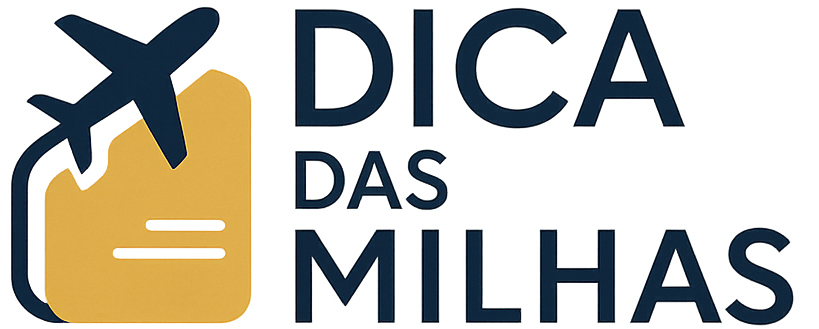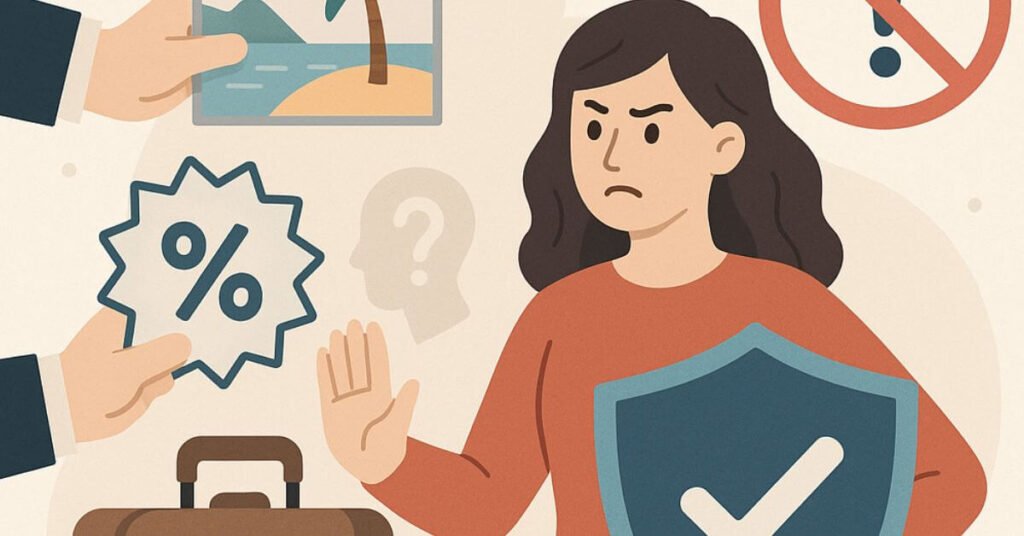Promotions are a powerful tool in the world of travel — offering everything from discounted flights and bonus miles to free hotel nights and elite status matches. But with great opportunity comes great risk. The same marketing tactics that entice us to act fast can sometimes mislead, and in worse cases, scam.
Whether it’s a fake offer, a hidden clause, or an overhyped “deal,” knowing how to protect yourself from fake or misleading promotions in travel is crucial to maintaining both your finances and your loyalty strategy.
In this guide, we’ll break down how to identify trustworthy promotions, how to spot red flags, and what steps you can take to verify and safeguard your points, money, and time.
Why Fake and Misleading Promotions Are a Real Threat
With the rise of loyalty programs, affiliate marketing, and digital advertising, promotions now spread faster and wider than ever — and so do fake versions. The goal of a scam or deceptive promo might be to:
- Steal your personal or payment information
- Mislead you into overspending for poor-value rewards
- Entice you to transfer points under bad terms
- Lock you into a subscription you can’t cancel
- Redirect you to fake portals designed to look real
Even legitimate companies sometimes promote misleading campaigns, intentionally or not — often by hiding key restrictions in fine print.
The Most Common Types of Misleading or Fake Promotions
1. Fake Travel Deal Scams
These often appear via email, SMS, social media ads, or pop-ups.
Examples:
- “Round-trip flight to Paris for $49 — today only!”
- “You’ve won 50,000 miles! Click to claim.”
- “Urgent: Last day to transfer points with 200% bonus”
⚠️ Red flags:
- Poor spelling/grammar
- Fake domains (e.g., smiless.com instead of smiles.com.br)
- Pressure tactics (“limited to 10 users only”)
- Requests for sensitive info upfront
2. Misleading Loyalty Program Promos
Even legitimate promos can be problematic if:
- Bonus is delayed by 90+ days and not guaranteed
- Requires “activation” that many users miss
- Applies only to a narrow subset of users (e.g., elite members)
- Redemption has blackout dates or high taxes
Example:
A “50% off award ticket” turns out to be for economy-only flights between obscure destinations on Tuesdays only.
3. Fake Partner Portals
Scammers sometimes clone booking engines or create fake versions of popular portals:
- “Smiles Hotéis” redirects to a fake version that collects your login
- A fake “Clube LATAM” subscription site steals your card info
- A “Livelo promo” hosted on an unofficial blog captures your CPF and email
Always verify you’re on the official domain and that HTTPS is enabled.
4. Deceptive Club Sign-Up Offers
Some promo offers for mileage clubs promise high bonuses, but only deliver them:
- Over 12 months
- After maintaining a subscription for 6+ months
- If you hit specific transfer or spend minimums
These tactics are legal but often buried in fine print that’s hard to spot.
How to Verify if a Promotion Is Legitimate
Step 1: Check the Source
Only trust promotions from:
- The official website or app of the loyalty program
- Verified social media accounts
- Email addresses with the correct domain (e.g., @smiles.com.br)
- Well-established blogs with a track record of credibility
- Bank platforms (e.g., Livelo, Esfera, Amex)
If you received a deal via WhatsApp, Telegram, or a random post — verify before clicking.
Step 2: Look for Terms and Conditions
Every real promo should link to full terms and conditions, including:
- Start and end dates
- Eligibility
- Earning or redemption rules
- Limitations or caps
- Deadlines for point credit
If these don’t exist — or the link is broken — avoid the offer.
Step 3: Cross-Check the Details
Before acting:
- Search the promotion on Google
- Look for recent news from loyalty blogs or travel forums
- Ask in public groups if others have received the same promo
- Test the deal with a small booking or transaction first
If nobody else has heard of it — or the promo looks too good to be true — trust your instinct.
Step 4: Use a Password Manager and Browser Protection
Modern browsers like Chrome and Safari will warn you if a site is suspicious.
Password managers like 1Password or LastPass can help detect fake logins.
Step 5: Monitor Your Loyalty Accounts
If you accidentally shared data on a fake site:
- Change your password immediately
- Enable two-factor authentication if available
- Contact customer service to flag potential issues
- Monitor your balance for unauthorized activity
Best Practices for Avoiding Travel Promo Pitfalls
Always Activate Before Participating
Many promos require activation via a button or email. If you act without activating, you won’t earn anything — even if you follow every other rule.
Take Screenshots of All Offers
Save the promo page, confirmation screens, and any bonus terms. If there’s a dispute, this documentation is crucial.
Avoid Blindly Following Telegram or WhatsApp Links
While many great communities share genuine deals, scammers also post fake ones.
Always verify the original source before clicking or submitting personal data.
Be Skeptical of Overhyped Promos
Just because something says “100% bonus” doesn’t mean it’s valuable if:
- Redemption prices were increased beforehand
- The bonus takes 6 months to post
- Only applies to one specific route
Always calculate the real value per point or mile before transferring or redeeming.
Real-Life Example: The “100% Transfer Bonus” That Backfired
In 2023, a user saw a “Livelo → TudoAzul 100% bonus” promotion posted on social media. Excited, he transferred 30,000 points without reading the terms.
Later, he learned:
- The bonus only applied to Clube TudoAzul subscribers
- He wasn’t subscribed
- Bonus miles never arrived
- Customer service denied the request
Had he checked the official site, activated the offer, or subscribed beforehand, he would’ve earned 60,000 miles instead of 30,000.
Lesson: Trust but verify.
What to Do If You Fall for a Fake Promotion
1. Stop All Action Immediately
- Close the browser
- Clear cookies
- Disconnect suspicious extensions or pop-ups
2. Change Passwords and Notify Your Loyalty Program
- Reset your login credentials
- Inform customer service that your account may have been compromised
- Ask for a temporary freeze or alert on your account
3. Notify Your Bank or Card Issuer
If payment info was submitted:
- Block the card
- Request a new one
- Dispute any unauthorized charges
4. Report the Site
Report fake promotions or phishing websites to:
- The loyalty program itself
- Google Safe Browsing
- Brazil’s SaferNet (for local scams)
- Your local consumer protection agency (e.g., PROCON)
The more visibility these scams receive, the less damage they can cause to others.
Final Thoughts: Stay Alert, Stay Informed, Stay Rewarded
Learning how to protect yourself from fake or misleading promotions in travel is as essential as knowing how to earn or redeem miles. Loyalty programs offer incredible opportunities — but only when approached with clarity and caution.
Always:
- Verify the source
- Read the fine print
- Cross-check the value
- Document every step
And most importantly, never rush into a deal just because a timer says “Ends in 2 hours.”
Smart travelers don’t just chase promotions — they analyze them.
Elaine A. da Silva is a Brazilian travel and finance enthusiast, best known as the creator of the blog Dica das Milhas. With a strong background in personal finance and a passion for exploring smart travel strategies, she specializes in simplifying the world of airline miles and travel rewards for everyday people. Through her blog, Elaine shares practical tips, insider knowledge, and step-by-step guides to help readers save money and travel more efficiently using loyalty programs and credit card points.







